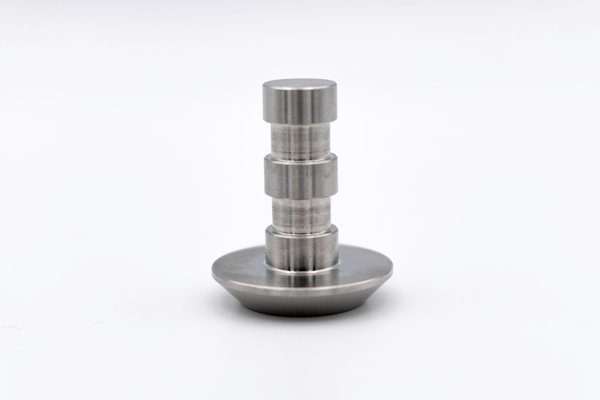The required height for tactile studs and strips protruding from a flat surface is 5mm. This requirement is set out in the official guidelines by the Department of Transport The reason being is that 5mm provides enough impedance to the walker to be an obvious signal without becoming a trip hazard.
Tactile studs and strips normally have chamfered edges that provide a smooth slope up to the peak to again, prevent them from being a trip hazard.
Are there any scenarios where a taller tactile stud may be needed?
For tactile purposes, the aim is to hit a 5mm threshold, no more and no less. There may be an instance where the surface is uneven, whether due to wear and damage, or by design. If under these circumstances the fitting would require the studs to be recessed, a taller stud may be necessary to account for that lower surface height and hit a 5mm protrusion. The same works in reverse for smaller studs.
When can I disregard the 5mm standard?
If studs are being used for a reason outside of giving tactile warnings to the visually impaired, like marking out an area or for aesthetic purposes, the studs don’t have to be 5mm in height, they can be less or more. It’s important to recognise that anything more and you could be creating a trip hazard, not just for the visually impaired but the general pedestrian traffic.

